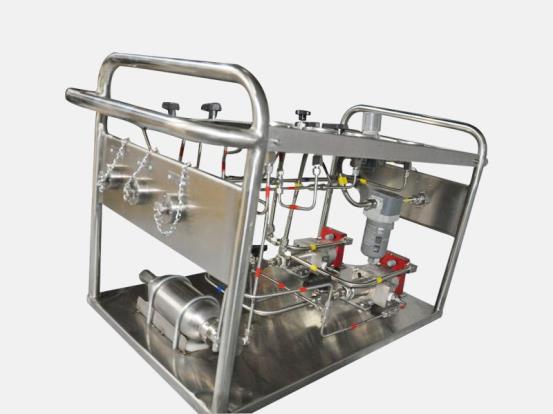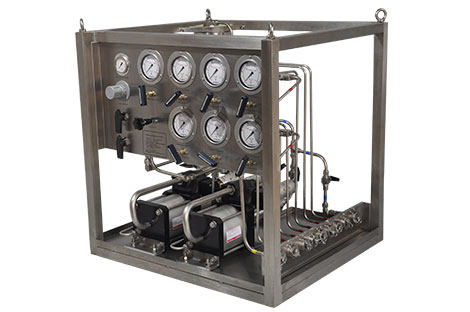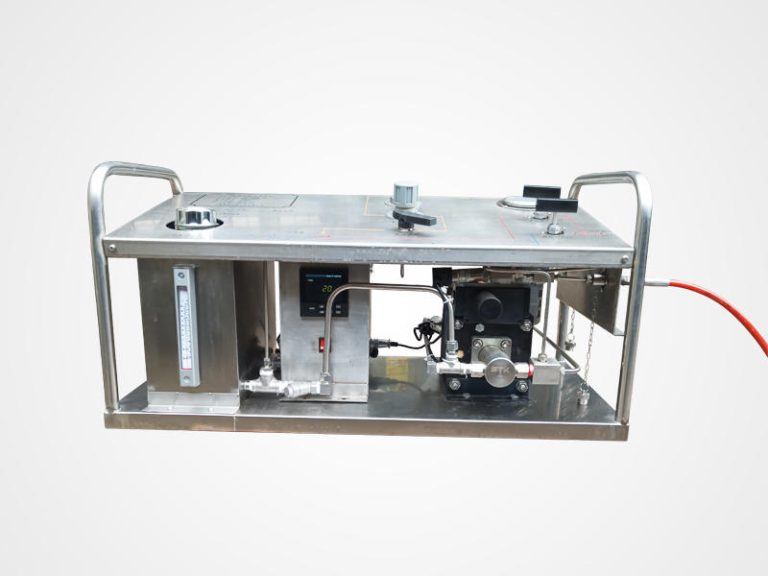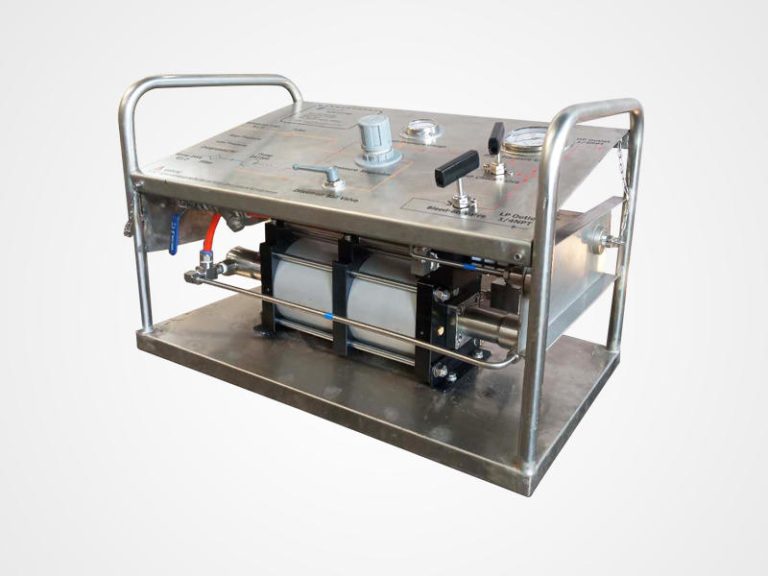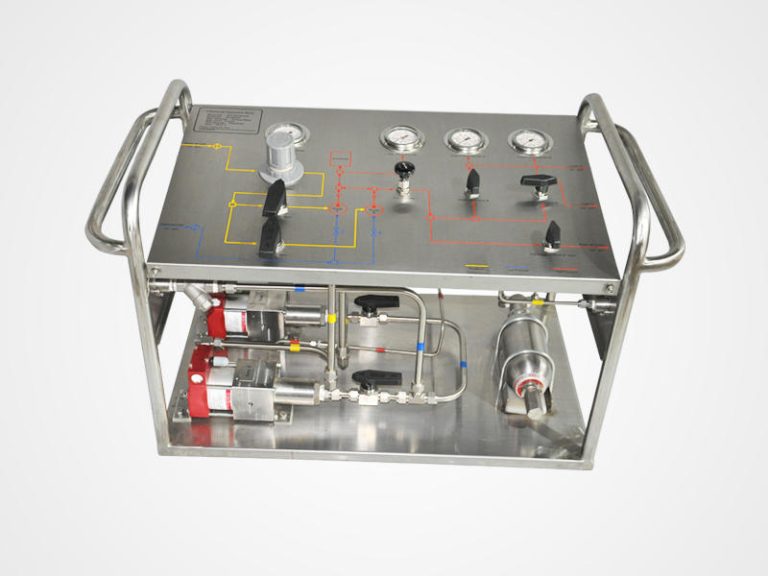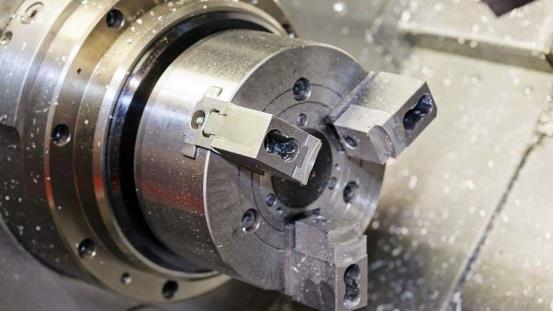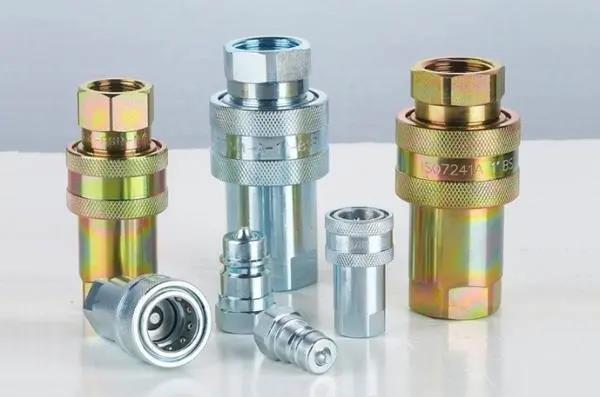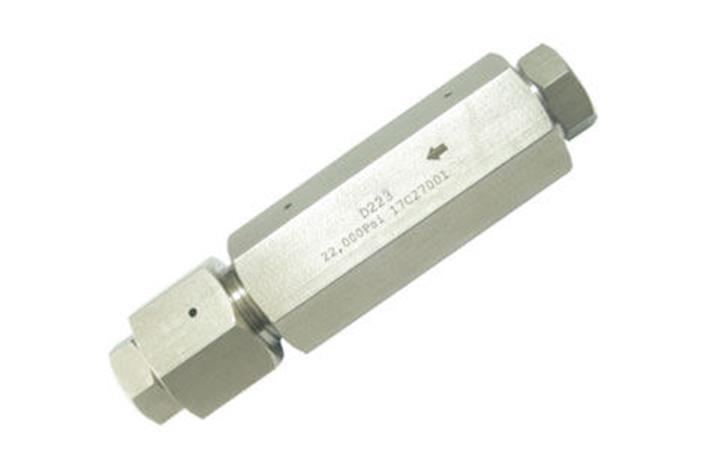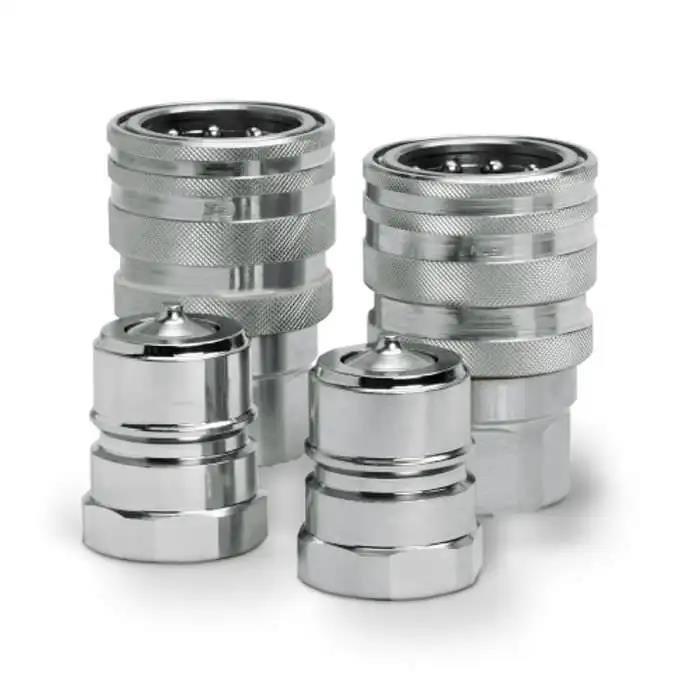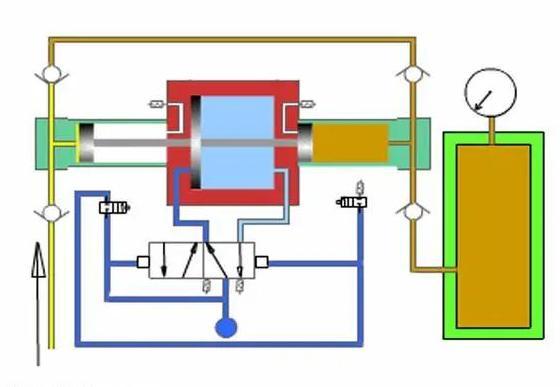Details About Typical Oil & Gas Chemical Injection Processes
Chemical injection systems are being employed by companies in oil and gas to increase production, reduce corrosion, separate oil/gas/water, and many other processes to improve the profitability of all exploration and recovery efforts. Companies in the upstream oil and gas sector are constantly looking for ways to increase production capacity, boost overall process efficiency, and reduce…

